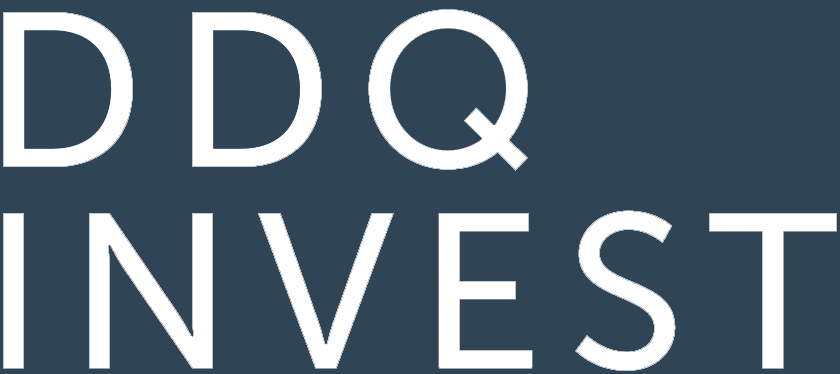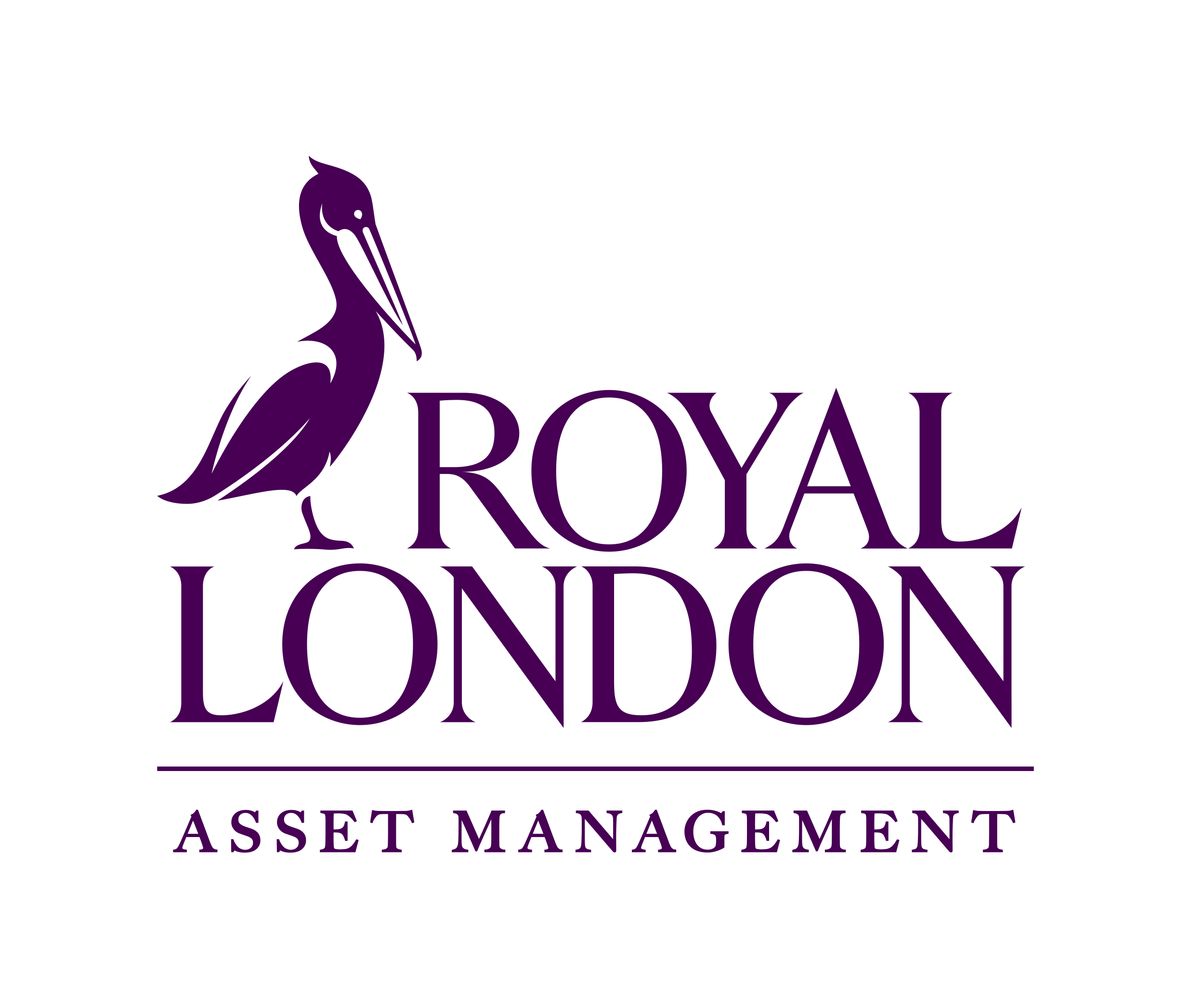It’s been quite the fortnight – plenty of developments on the tariffs side and plenty of insights from central bankers on what they are thinking about it all.
Events over the past couple of weeks have increased my conviction around my central case call for slowdowns rather than recessions, but there clearly remain substantial risks to the outlook.
Tariffs and trade: Increasing the risk of slowdowns over recessions
US-China pause, but what next? Discussions between the US and China resulted in a 90-day pause on reciprocal tariffs (that was announced for others in the first half of April) with the tariff rate cut from 145% to 30%. That the two sides have agreed this much, are talking, and that the talks were constructive, is positive – 30% is not a prohibitive level for trade to actually take place. Reports suggest that container volumes surged in the wake of the announcement. However, 30% is still above where we were at the start of the year and a significant tariff rate. Meanwhile, we don’t know what is going to emerge the other side of these talks and/or after 90 days and we can’t assume that 30% is where things stick.
The temporary drop in tariff rate incentivises another big round of front-loading of activity (a near-term positive for economic activity) but doesn’t erase the uncertainty (a continuing drag on economic activity). It does, however, ease the risk of large-scale disinflationary trade redirection (China’s exporters, for example, might cut prices to try and increase market share elsewhere).
UK-US deal signals: The UK-US trade deal is relevant from a couple of perspectives. It’s good news as far as it goes for the UK, even if there are further details to hammer out. The UK is still stuck with a 10% tariff but got relief on steel and aluminium tariffs and on autos tariffs. The UK side also indicated that the US has agreed that the UK will receive preferential treatment in any further sector tariffs (e.g. pharmaceuticals). The UK has more certainty now around its own trade relationship with the US, even if uncertainty isn’t erased. The UK deal also signals that 10% is probably the lowest tariff rate we can expect elsewhere (this is an economy that the US runs a goods trade surplus with). Trump seemed to suggest as much in the post-deal press conference.
Time to move on from tariffs? In a positive scenario, the big US policy shocks are done; the tariff and deportation parts of the agenda are de-emphasised as lots of low tariff trade deals are being announced, and the rest of the year is all about tax cuts and deregulation. That feels a bit much to hope for at this point. There is more tariff news to come, not all of which is likely to be in a low-tariff direction: US Treasury Secretary Bessent recently commented on the potential for regional deals and for a return of tariffs initially announced in early April for those who “do not negotiate in good faith”. Signals on prospects for a US-EU trade deal have been mixed at best. Sector tariffs are still expected for semiconductors and pharmaceuticals. Tax cuts have come more into focus as the reconciliation bill takes shape in Congress. However, the bulk of that is swallowed up by tax cut extensions rather than new stimulus. Any widening of the deficit from here may also come at a price in terms of higher bond yields.
Central bank learnings: Still treading carefully
Common themes across major central bank communications are the need to take things carefully, go meeting by meeting, and look at the evidence. Central bank speakers continue to emphasise uncertainty around the outlook. It seems agreed that tariffs will be negative for/add downside risks to activity growth. Views are more cautious on inflation, where some still do not sound convinced around the directional impact of tariffs on inflation.
The Federal Reserve, while keeping rates on hold this month, sees risks to both sides of the dual mandate that would pull in opposite directions for monetary policy – it thinks risks of higher unemployment and higher inflation have risen. That argues against being pre-emptive with Chair Powell saying, “We don’t know what the right response to the data will be until we see more data”.
Despite all the chopping and changing on trade policy, I still have a central forecast for two Fed rate cuts later in the year. That, however, rests on the assumption that tariffs and policy uncertainty will weigh significantly enough on activity that it is able to look through any near-term pickup in inflation. Wage and inflation expectation indicators will remain important to watch, and some of the latter consumer survey-based estimates have been sending less than reassuring signals over recent weeks.
The Bank of England voted to cut rates 25bps in May, effectively continuing its gradual rate cut path. The decision was taken before the US-China trade pause and without chance to digest the UK-US deal, but that sense of not needing to speed up rate cuts and the need for caution around decisions ahead was already there: Two of the nine voted not to cut rates and most of the five who voted to cut 25bps, before the tariff news of the previous month, judged the decision finely balanced between cutting and staying on hold. There remain concerns around inflation persistence and (relatedly) around the weak growth of supply in the economy, but most of which reflects domestic rather than internationally driven risk.
“Could tariffs boost inflation outside of the US? In common with some on the ECB side, the BoE doesn’t seem to be convinced on the directional impact of global tariffs on domestic inflation”
Could tariffs boost inflation outside of the US? In common with some on the ECB side, the BoE doesn’t seem to be convinced on the directional impact of global tariffs on domestic inflation; it sees a risk that disruption to supply chains might result in an inflationary impact. Given the surprising strength of the inflation response post-Covid as supply chains faltered while demand was supported, that caution is understandable even while their central case is for a disinflationary impact. It is also plausible that some multinationals attempt to claw back some of their additional costs in the US market by raising their prices outside the US.
My central case pencils in two more rate cuts from the BoE and ECB this year, and where, despite the deals and the tariff pauses, the impact of tariffs on inflation seems more likely to be disinflationary than inflationary at this stage outside the US. Arguably the US-China tariff pause means less likelihood of sharply inflationary global supply chain disruption and a large-scale disinflationary slowing in global growth. Still, in the wake of so much policy change, I think that supply chain reviews and rearrangements seem somewhat inevitable and that will come at a cost.
The Bank of Japan faces an additional quandary, being out of sync with other major central banks by being in rate hiking, rather than rate cutting mode. The more subdued outlook for global trade seems likely to restrain economic activity in Japan, but there are still good grounds to believe that Japan has seen a structural change (upward) in its inflation outlook.
Global trade activity: Too early for silver linings?
Amid all the global economic uncertainty there have been a few developments worth flagging that likely support growth which go beyond softer commodity prices. These come broadly under the theme of ‘getting the house in order’. Reactions around the world to the Trump administration that focus more on stimulus, increasing potential growth, and resilience, rather than retaliation, could see the risk of immediate downturns reduced and improve medium-term prospects. China has announced more stimulus and Germany has progressed fiscal debt brake reform, for example. As far as Europe goes, beyond German fiscal reform and the push for more defence spending, there is plenty of scope to improve growth prospects but largely involving politically difficult decisions around further integration. Trump may not be a big enough crisis to jolt Europe into substantial and rapid progress down this path, however. On the UK side, it is notable that a trade deal with India has come to completion at this time and that there are more concrete attempts to forge a closer relationship with the EU including a security and defence partnership and eliminating some of the red tape for trade in food and drink.
For professional investors only. This material is not suitable for a retail audience. Capital at risk. Past performance is not a guide to future performance. The value of investments and any income from them may go down as well as up and is not guaranteed. Investors may not get back the amount invested. The views expressed are those of the author at the date of publication unless otherwise indicated, which are subject to change, and is not investment advice. Forward looking statements are subject to certain risks and uncertainties. Actual outcomes may be materially different from those expressed or implied.

